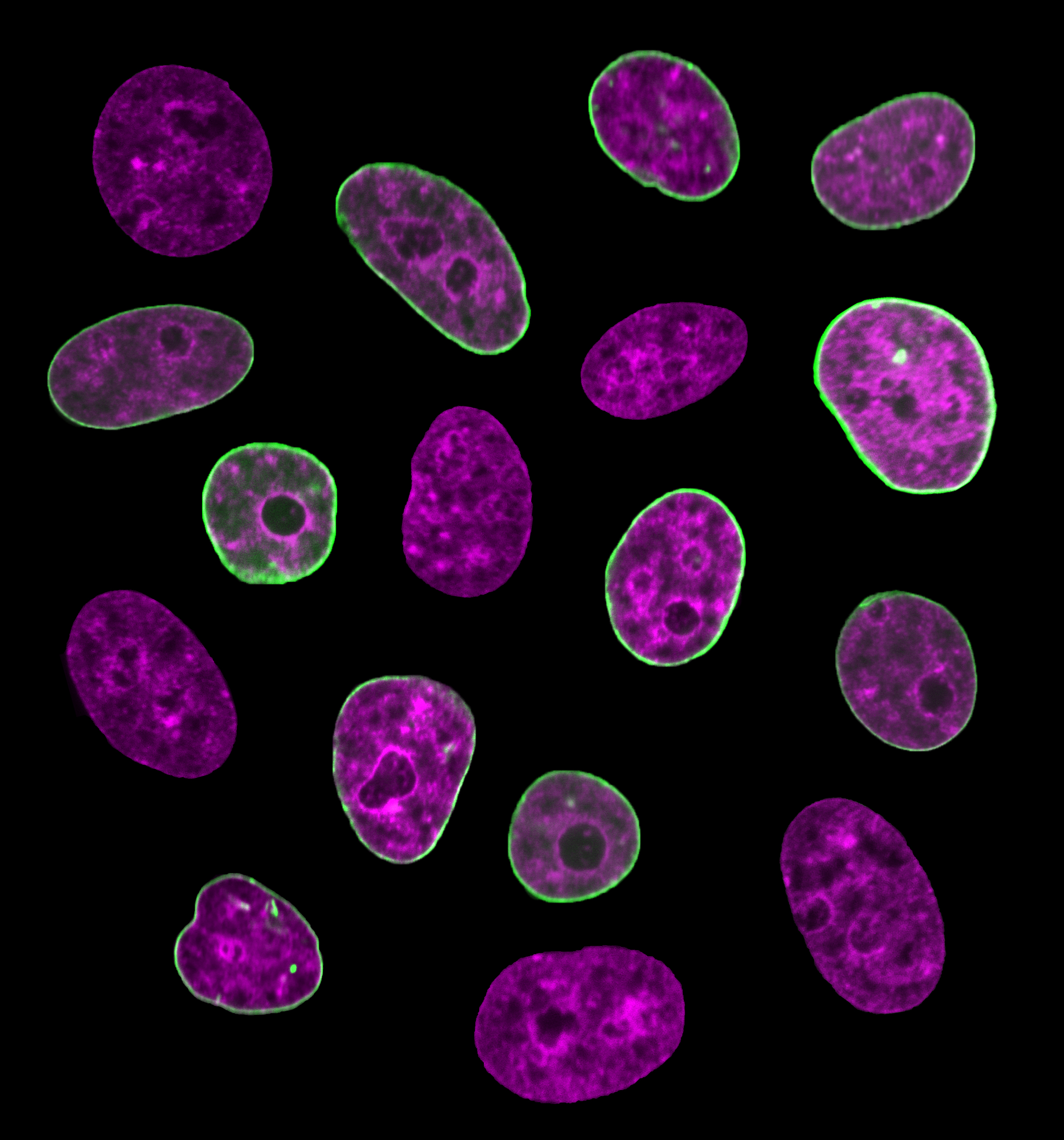
Researchers pinpoint internal clock in living human cells
Until now, identifying the exact age of a cell, or its stage in the lifecycle, was only possible after the cell had died. But new research has discovered an internal clock that can gauge a cell’s lifespan and exact age in real time.
Mapping the cell cycle and age of cells is important to scientists because it can help shed light on certain diseases and, in some cases, can contribute to increasing the longevity of cells.
“With this discovery, which shows that the nucleus exhibits rapid fluctuations that decrease during the life cycle of the cell, we can enhance our knowledge of both healthy and diseased human cells,” said Alexandra Zidovska, senior author of the research and an assistant professor of physics at New York University (NYU).
Zidovska conducted the study alongside Fang-Yi Chu, an NYU doctoral candidate, and Shannon Haley, an undergraduate at NYU.
The research, published in the journal Proceedings of the National Academy of Sciences (PNAS), documents the researchers’ efforts to understand the cell nucleus and cell cycle better.
Throughout a cell’s life cycle, the nucleus goes through drastic changes to its shape and size, but Zidovska’s study was able to capture these changes in real time and see how quickly the nucleus transformed in short periods.
The researchers used a fluorescent microscope that allowed them to map the minute and rapid changes of the cell nucleus in living cells.
The team found that the nuclear envelope flickers over a few seconds, and the rapidity of these fluctuations decreases as the cell nears the ends of its cycle. This motion is the first physical feature that changes with the cell cycle, hence the term “internal clock.”
“Therefore, this process can serve as an internal clock of the cell, telling you at what stage in the cell cycle the cell is,” said Zidovska.
This research could also help document the development of certain disorders and developmental problems like muscular dystrophy, cancer, and cardiomyopathy by specifically focusing on the cell’s nucleus.
—
By Kay Vandette, Earth.com Staff Writer













